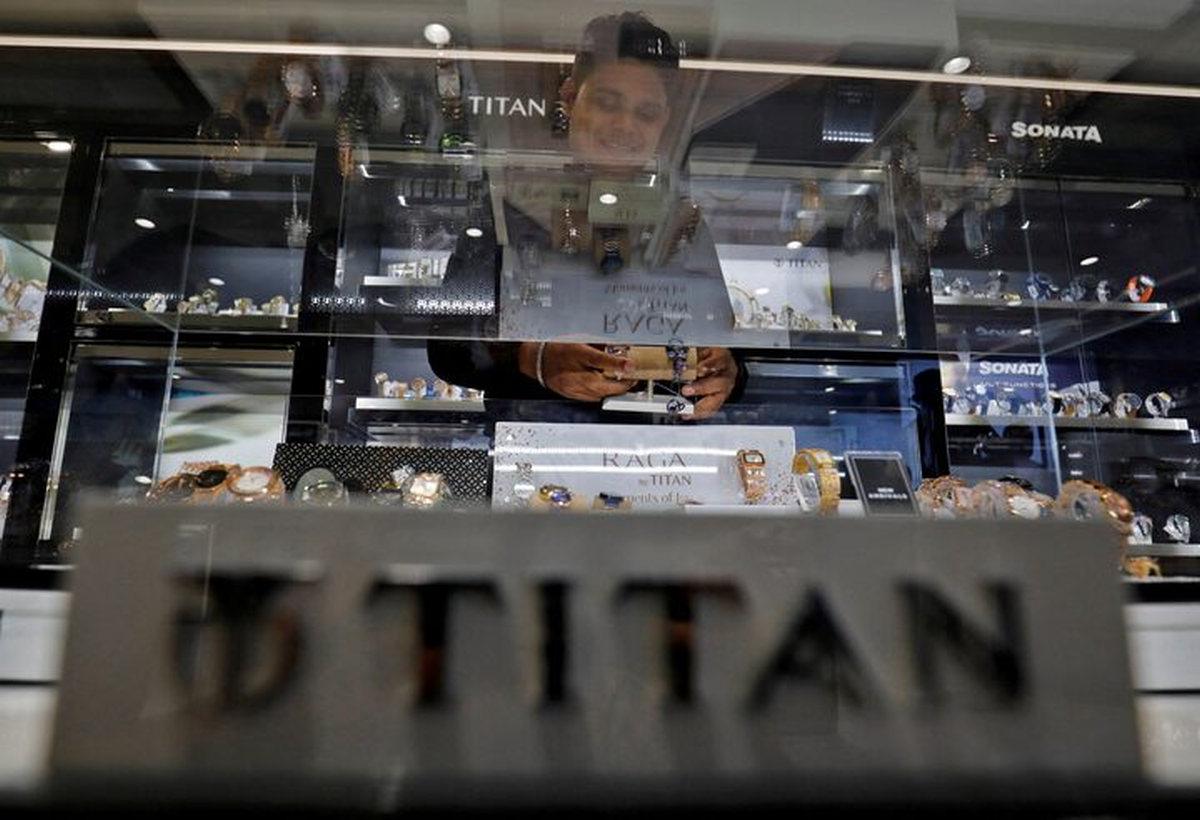Indian capital markets are witnessing a boom in IPO activity in 2025, with the current calendar year being expected to be the largest IPO year in India’s history, according to India heads of foreign banks on Wednesday.

Illustration: Dominic Xavier/Rediff
Speaking during a session moderated by Manojit Saha of Business Standard, HSBC India CEO, Hitendra Dave, said, “I think by all accounts, 2025 promises to be the largest IPO year of all time for India.
“The next two months will be very busy. It’s like going from one transaction to another, but at the same time do justice to all the mandates that you have.”
Citi India Head, K Balasubramanian, highlighted that in the last 10 years, the number of billion dollar IPOs that have happened in the market was probably five or around that.
This calendar year, from January till now and the coming three months, there are around 9-10 IPOs of billion dollars.
“That’s a significant shift in terms of the size of transactions that is happening in the Indian market.
“What has changed in the market over the last five years is the financialisation of savings as a lot of money is actually moving into the capital markets, both secondary and primary,” said Balasubramanian.
On serving retail customers, foreign bankers said that the Indian banking sector is vast and extensive, making it tough to compete with domestic banks.
“You play to your strengths is very important. So, there is no point trying to compete with the State Bank of India in a particular city.
“If your key customers are in 30-40 cities in the country, then it is critical for you to be in those cities.
“But on the other hand, you will never get to the pin code penetration that an Indian bank can get,” said P D Singh, CEO, Standard Chartered Bank India.
Balasubramanian said that that Citi India’s profitability has improved since its retail exit in 2023.
“Our top line from the institutional business alone is 30 per cent higher than our combined revenues in 2023, and profitability has increased by a similar margin,” he added.
“We have doubled down on our institutional business, which was always highly profitable.”
Dave said that about 10 years ago, much of India’s wealth, affluence, and NRI population — including families sending their children abroad or immigrating overseas — was concentrated in the top 15 to 20 cities.
“Our job is to follow where the customers are.
“If the customers have moved or expanded into new cities, we must be there with them.”
Standard Chartered Bank India, which already has the largest branch network among foreign banks with about 100 branches, said it plans to optimise branches rather than cut its presence.
“If we have branches in close proximity, some may be merged,” Singh clarified.
“But we are also opening new, large-format branches where needed.
“The idea is to serve customers as per their evolving requirements.”
On the regulatory front, all three bankers welcomed recent measures from the Reserve Bank of India, particularly the move to allow local banks to finance mergers and acquisitions — an area long dominated by foreign lenders.
“Foreign banks have been doing most of the acquisition financing for the last seven years,” Balasubramanian said.
“Opening this up for Indian banks is positive for the country — it will deepen capital access and increase competition.”
Dave said, “Expertise cannot be acquired overnight just because regulations have changed. We might see partnerships forming between local and foreign banks, especially for cross-border acquisitions.
“This is good news for the entire banking ecosystem.”



